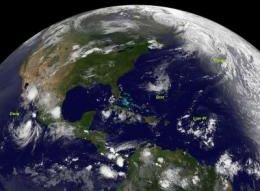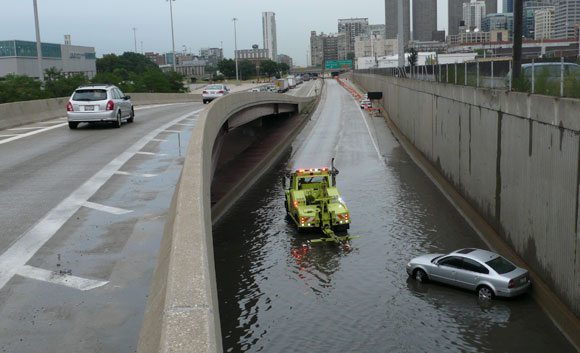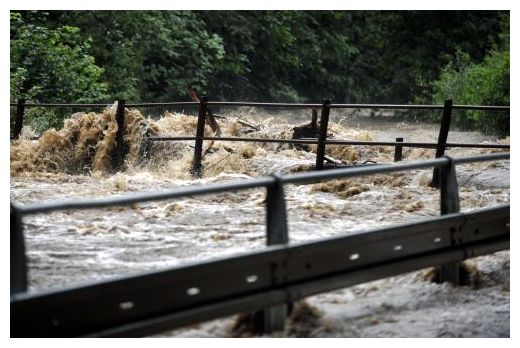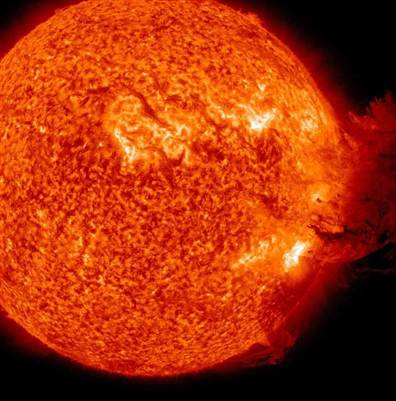
© NASA / SDOThe Solar Dynamics Observatory's view of the coronal mass ejection of June 7, 2011.
With Earth Changes now clearly happening and time pressing, the editors of Sott.net are faced with the urgency of catching up with an avalanche of significant news items and trying to make sense of things! Recent weather events have been
unprecedented: both spring and early summer have been bizarre across the globe, to say the least.
You name the weather or geological type of phenomenon; someone in the world had it: volcanoes, earthquakes, torrential rain, floods, sinkholes, tornadoes, droughts, wildfires ... even summertime snow! Let's review them all as best as we can, starting from the top: the cosmic factor.
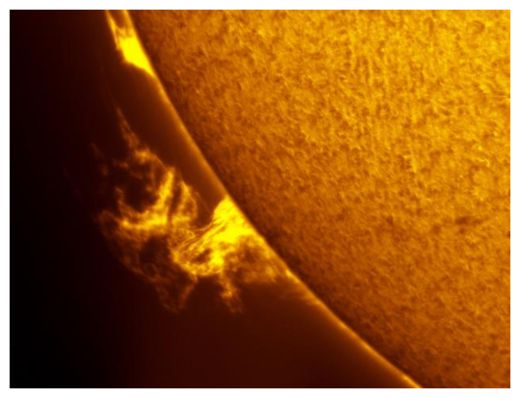
© Mike BormanImage Taken: Jun 4, 2011
Location: Evansville, Indiana, USA
Changes on planet Earth comprise such a wide variety of phenomena, from extreme weather anomalies to volcanoes and earthquakes, so perhaps it's a good idea to zoom back and see if we can make sense of any changes in the cosmic climate that may be affecting us. Yes, we are aware that this approach goes against the sanctioned narrative claiming that these changes are caused by carbon-burning human beings living in an isolated bubble that can only grow warmer. But the pieces of the puzzle on the table point to a different, larger picture.
A huge central piece is our sun, which is not surprising, since this ongoing explosion in space is what brings order to our corner of the universe and to life to Earth. For the last couple of years the sun was expected to go into high activity in accordance with its usual 11-year sunspot cycle. But scientists were left scratching their heads as our local star remained quiet. Now it's giving off such a
display of flares that it has NASA scientists going 'ooh and ahh'.
